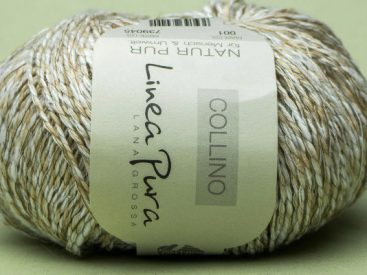Acrylic fibers are synthetic fibers produced by complex chemical reactions. Despite the synthetic origin, they are soft and pleasant, similar to wool to the touch, and not causing discomfort when in contact with the skin.
The main advantages of acrylic fabric include:
- High tensile strength. These products serve for a long time and retain their original shape well.
- High durability. No pellets.
- Easy to color. Such fibers are easy to give any pattern and color, including very bright. Besides, acrylic fabrics do not fade under the influence of sunlight.
- Elasticity.
- Hypoallergenicity.
- High wrinkle resistance. The products are virtually unwrinkable and can be easily stored in a folded form.
When it comes to the advantages of acrylic fibers, it is worth noting that, being a synthetic material, they are not attractive to moths. Such fabrics have a low cost, which significantly expands their application in the production of clothing, home textiles, furniture upholstery, and carpet products.
Among the disadvantages, there are an accumulation of static electricity, low hygroscopicity, and poor air permeability.
In the production of fabrics, acrylic is often combined with other fibers, including natural. The most common approach is a combination of acrylic and wool fibers. Of such a fabric, warm, soft, and non-prickly products come out.




